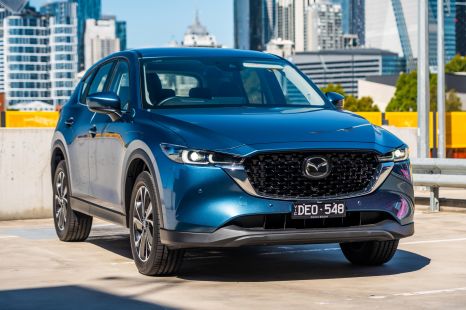

James Wong
2025 Mazda CX-5 G25 Touring AWD review
5 Days Ago

Contributor
Mazda has announced a significant investment into building future models in Thailand, and it has previewed what one will look like.
This week, Mazda CEO Masahiro Moro announced the carmaker will invest 5 billion Baht ($233.8 million) into a Thai production facility to produce electrified small SUVs, both for the region and for export markets.
After a meeting with Thailand’s Prime Minister, Paetongtarn Shinawatra, Moro-san presented the Thai leader with a pair of design sketches for an upcoming model to be built at the factory – believed to be the next Mazda CX-3.
It’s expected to enter production by 2027.
Hundreds of new car deals are available through CarExpert right now. Get the experts on your side and score a great deal. Browse now.
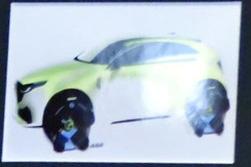
The CX-3 is currently built in both Thailand and Mexico, however Australian examples exclusively come from the Rayong facility, which operates under the name AutoAlliance Thailand as a joint venture between Mazda and Ford.
Other Australian-delivered vehicles which come from this facility include Ford’s popular Ranger and Everest, as well as the Mazda 2. The Mazda 3 and CX-30 are also made there, however Australia sources these models from Japan.
The relevance and popularity of the Mazda CX-3 gives weight to the theory that the next-generation model is the one presented in the design sketches.
Though the design is a very early drawing, we can see the CX-3 will likely get thinner windows, a flatter front design (akin to the electric Mazda 6e), unique vertical tail lights and a black contrast roof.

It’s worth noting the design sketches often emphasise features which are later toned down on production versions of the model.
Mazda is yet to detail when the first electrified model will roll off the Thailand production line, however it’s targeting 100,000 vehicles to be built annually.
“With an additional investment of over 5 billion baht, Mazda aims to establish Thailand as the manufacturing hub for its electrified compact SUV products,” Moro-san said.
“The vehicles to be produced will be high performance compact SUVs that meet international standards, both in terms of environmental friendliness and hybrid technology.
“This large-scale comprehensive production investment is to support domestic sales and exports to Japan and other countries, such as ASEAN countries, targeting a production of 100,000 units per year.”
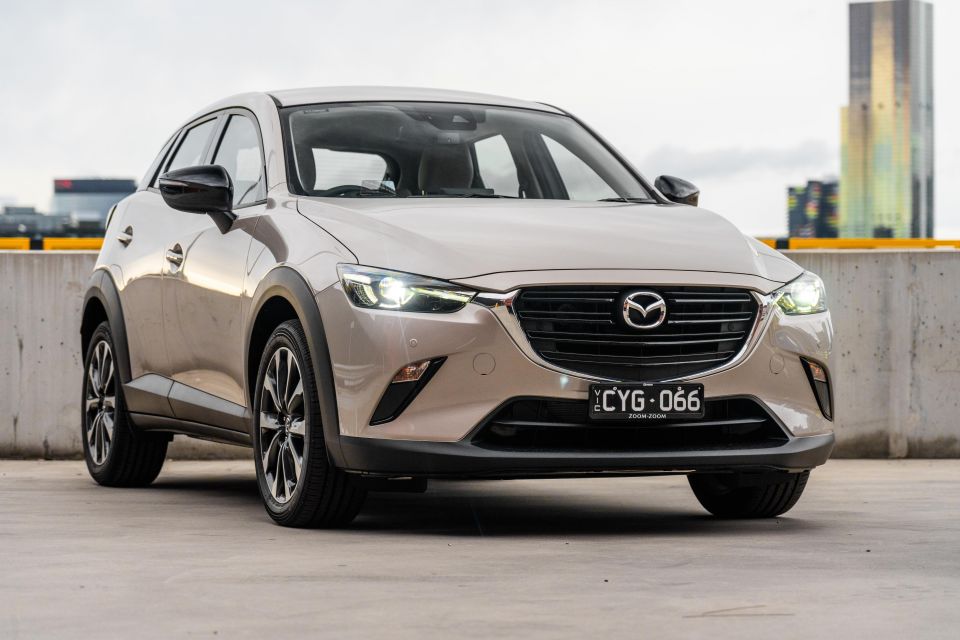
Mazda tapped Toyota for the latter’s hybrid powertrain, which is used in the CX-50 mid-sized SUV sold overseas. However, it has confirmed its next-generation CX-5 will feature a hybrid powertrain developed in-house.
Even though it’s about to celebrate its 10th birthday and has already been discontinued in markets like Europe and the US, the CX-3 is an important model in Mazda’s Australian lineup.
In 2024, 18,461 CX-3s were delivered, making it the most popular light SUV in Australia.
It was also Mazda’s second-best seller, behind only the CX-5 mid-size SUV, and ahead of the BT-50 ute and CX-30 SUV.
MORE: Everything Mazda CX-3
Where expert car reviews meet expert car buying – CarExpert gives you trusted advice, personalised service and real savings on your next new car.
Born and raised in Canberra, Jordan has worked as a full-time automotive journalist since 2021, being one of the most-published automotive news writers in Australia before joining CarExpert in 2024.


James Wong
5 Days Ago
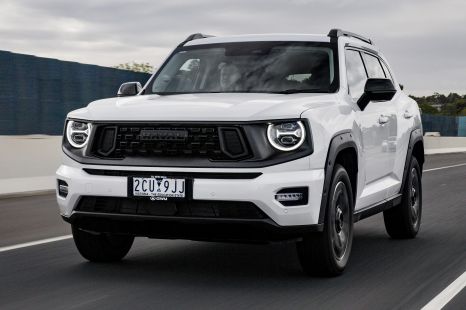

Max Davies
4 Days Ago
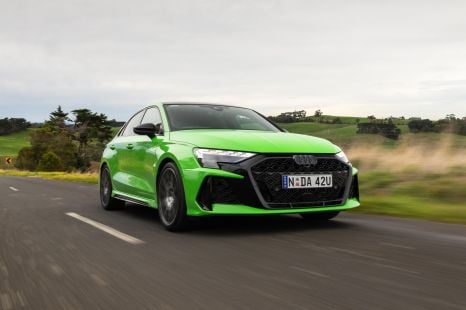

Josh Nevett
3 Days Ago
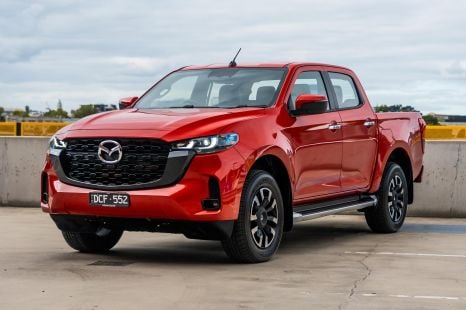

Josh Nevett
2 Days Ago
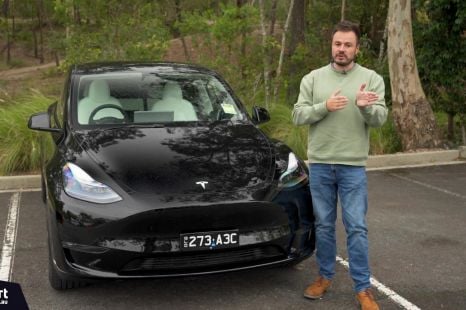

Paul Maric
1 Day Ago
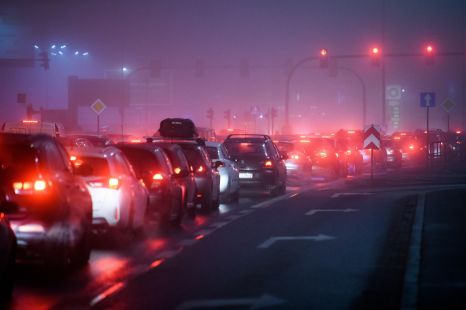

Damion Smy
19 Hours Ago